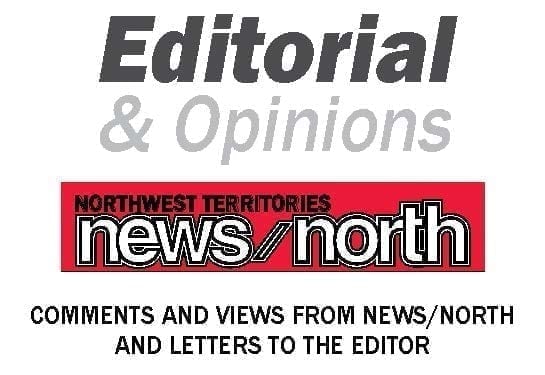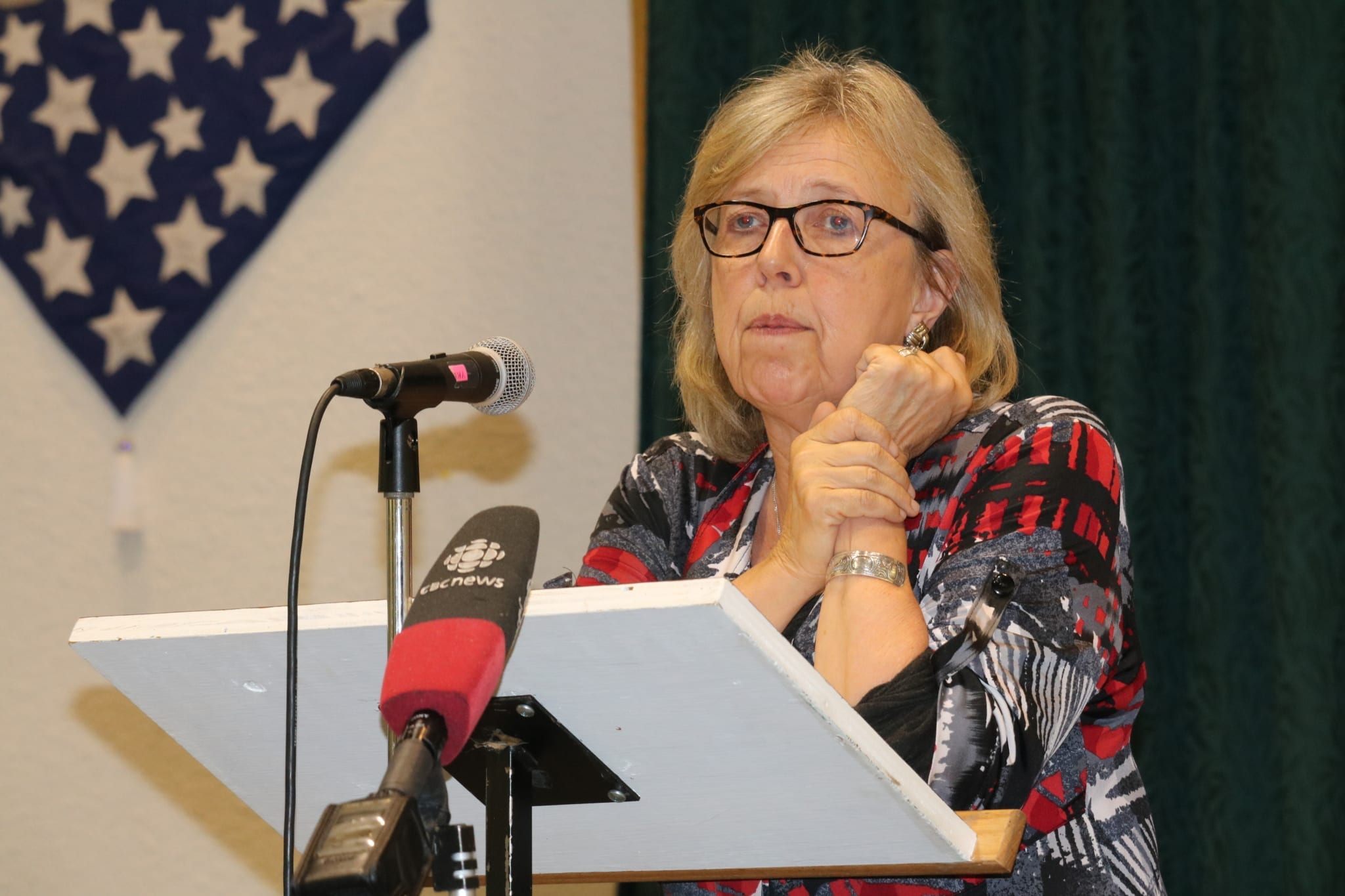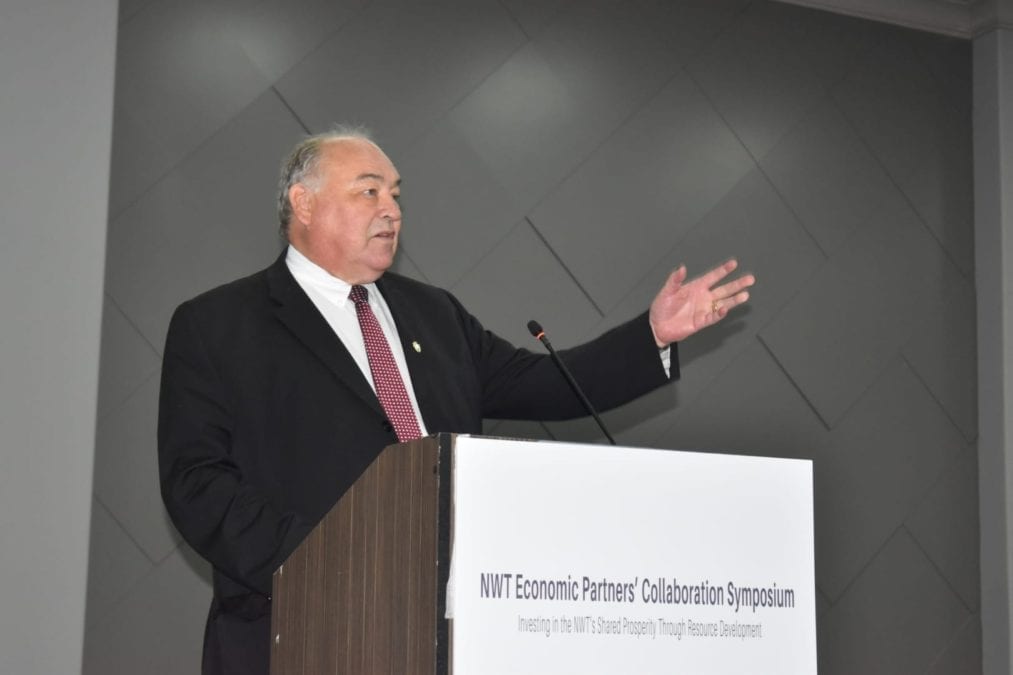Another Canada Day has passed, but it is clear from last week that both the country and the territory are at a crossroads when it comes to the direction the NWT will take in the coming years on economic development.

Federal Green Party leader Elizabeth May came to Yellowknife to introduce her party’s 20-point “Mission Possible” climate action plan, which calls for - among other things - putting together an inter-party war-like cabinet to combat climate change, carbon pricing, and ensuring all vehicles in Canada are electric by 2030. This clearly piqued the interest of the territory’s progressive movement who want to see more action taken by Northerners – including territorial, Indigenous and municipal governments - to address the demand of meeting the Paris Accord target for a global temperature increase of no more than 1.5 C.
It is not lost on followers of May and the Greens that the brunt of climate change - including coastal erosion, landslides, wildfires and floods - is part and parcel with the North warming annually by 2.3 C - faster than any other region in a country that is warming faster than anywhere in the world.

She not only opposes any new fossil fuel use or new river damming to answer energy demands in the North, but called out the premier for proposing such ideas at a time of “climate emergency.”
In contrast to this, Premier Bob McLeod has been adamant that the North's existence and its place in Canada economically is facing a “red alert” emergency due to its lack of infrastructure and fresh economic development.
Whether or not he is running again in the fall's territorial election, it is clear he is attempting to set the table to prepare the territory for the coming decade, putting urgency to developing natural resources and building roads to mineral wealth, due in large part to studies last year from the Conference Board of Canada showing that the NWT’s economy is expected to contract by an annual average of 1.6 per cent leading up to 2025. This is a weaker forecast than either Yukon or Nunavut.

Nick Pearce / NNSL Photo
He sees development as the path to northern sovereignty, decolonization and self-determination -- particularly in regions such as the Sahtu and the Beaufort Delta, which are limited to accessing their own oil and gas and mineral resources. In the former area, it is a lack of road infrastructure and in the latter, a federal moratorium on drilling for oil and gas in the Arctic Ocean.
At the same time, the announced candidacy of David Ramsay, a former territorial cabinet minister, and Wally Schumann expressing interest in the premiership next term, put pro-development politicians on showdown path with other leaders worried up what such a stance will mean toward environmental protection measures.
Pro-industry advocates continue to say the slowdown in exploration and squeamishness toward northern investment is due to a lack of leadership on economic issues over the past decade and that if nothing is done in the near-term, there will be significant quality of life consequences felt across the North.
It's worth noting that investing in a greener economy could prove difficult without a strong mining and natural resources sector to support it, which represents about a third of the territorial economy. That said, it is quite apparent many Northerners have grown impatient with mere lip service paid toward environmental issues. They want action and will not tolerate more kicking of the green can down the road.
The upcoming territorial and federal elections promise to be a litmus test on the direction voters want governments to take. All the more reason then to get out and vote this fall.